In an age where data-driven decisions and real-time insights define success, Digital Twin Simulation-Based Software is leading the next tech revolution. Imagine creating a virtual replica of a real-world system—updated in real-time—to monitor, simulate, and optimize operations. That’s the power of a digital twin.
At HexaCoder, we’re diving deep into how digital twin simulation is reshaping industries, from manufacturing to smart cities. This post explores what digital twins are, how simulation enhances them, and why your next project might need one.
🔍 What Is a Digital Twin?
A digital twin services is a virtual model of a physical object, process, or system. It integrates real-time data from sensors, machines, or environments, allowing developers and engineers to:
Monitor systems continuously
Simulate “what-if” scenarios
Predict failures or anomalies
Optimize performance dynamically
Think of it as IoT meets AI meets simulation modeling, wrapped into one powerful platform.
🧠 Why Add Simulation to Digital Twins?
Digital twins are powerful on their own, but simulation-based digital twins take things to the next level.
Simulation allows us to:
Test changes before they’re made (no risk)
Forecast outcomes based on current trends
Optimize complex systems in real time
Train AI models with synthetic, controlled data
Whether it’s a manufacturing line, energy grid, or urban traffic flow, simulation-based digital twins let us play out scenarios virtually—without downtime, accidents, or wasted resources.
🛠️ Core Components of Digital Twin Simulation Software
To build a truly effective digital twin system, you need:
Data Integration Layer: Connects physical assets via IoT or edge devices.
Simulation Engine: Runs dynamic models (e.g., physics, logic, system dynamics).
Visualization Dashboard: Real-time 3D/2D views of the twin and its metrics.
Analytics & AI Layer: Enables predictions, anomaly detection, and recommendations.
Feedback Loop: Sends simulation outcomes back to optimize the physical system.
Modern platforms like Siemens NX, Ansys Twin Builder, and open-source libraries like OpenModelica help developers create custom digital twin environments.
🏭 Use Cases Across Industries
🚗 Automotive
Simulate vehicle behavior in different environments for autonomous driving R&D.
🏙️ Smart Cities
Manage traffic, energy, and water systems with real-time city twins.
🏭 Manufacturing
Predict equipment failure, reduce downtime, and optimize production workflows.
🏥 Healthcare
Model a patient’s body to simulate treatments before applying them physically.
👨💻 How Developers Benefit
For software engineers and system architects, digital twin platforms offer:
Real-time APIs to connect sensor data
Simulation frameworks (e.g., Simulink, AnyLogic)
Cloud scalability (AWS IoT TwinMaker, Azure Digital Twins)
Containerized deployment for edge processing
This is a prime space for cross-domain innovation—embedded systems, AI/ML, cloud, and simulation modeling all converge here.
🧩 Building a Custom Digital Twin System? Here’s Where to Start
Define the physical system: What are you twinning? Machine, process, environment?
Collect sensor data: Install IoT hardware or connect to an existing data source.
Choose a simulation engine: Depending on your system dynamics (discrete, continuous, hybrid).
Develop the twin: Create models that reflect physical behavior.
Iterate and optimize: Use simulations to refine and deploy real-world improvements.
🔍 What Are Digital Twin Services?
A digital twin is a virtual model of a real-world object or system. Digital twin services go beyond modeling—they provide the architecture, tools, data pipelines, and ongoing support required to build, run, and maintain digital twins at scale.
These services are typically delivered through a combination of cloud platforms, IoT integration, simulation engines, and analytics tools. They can be offered as part of a broader Digital Twin Platform or as custom consulting solutions for enterprises.
🧱 Key Components of Digital Twin Services
Here are the main elements that digital twin service providers deliver:
1. Data Integration and IoT Connectivity
Digital twins rely on real-time data. Services include integrating IoT sensors, machines, and systems to continuously feed operational data into the digital model. Edge computing can also be used for low-latency data processing.
2. 3D/2D Modeling and Visualization
Service providers use tools like Unity, Unreal Engine, or custom 3D modeling software to build a realistic visual replica of the physical asset. This improves monitoring, training, and decision-making.
3. Simulation and Scenario Testing
One of the most valuable features of a digital twin is the ability to simulate changes and test scenarios without risk. Services often include physics-based, logic-based, or AI-driven simulations to model behavior and outcomes.
4. Predictive Analytics and AI Integration
Advanced digital twin services embed machine learning models to predict failures, detect anomalies, or recommend optimizations. This transforms digital twins from passive replicas into intelligent systems.
5. Cloud Deployment and API Access
Leading platforms like Microsoft Azure Digital Twins, AWS IoT TwinMaker, and Siemens Mindsphere offer cloud-native services with API endpoints, making it easier to integrate with enterprise apps and dashboards.
6. Lifecycle Management and Support
Digital twins evolve with their physical counterparts. Services include version control, updates, and support to ensure the twin remains synchronized with real-world changes.
🌍 Use Cases of Digital Twin Services
🏭 Manufacturing & Industrial Operations
Digital twins help monitor equipment health, reduce downtime, and optimize production lines. Predictive maintenance is one of the most adopted use cases.
🚗 Automotive and Mobility
From vehicle performance modeling to autonomous vehicle testing, digital twins play a critical role in R&D, driver safety, and supply chain optimization.
🏙️ Smart Cities and Infrastructure
Digital twin services are used to model entire cities, simulating traffic, power consumption, and emergency response scenarios.
🏥 Healthcare and Medical Devices
Patient-specific digital twins can simulate organ behavior, optimize treatment plans, or test medical devices in a virtual environment.
🛢️ Energy and Utilities
Energy providers use digital twins to monitor grids, simulate weather impact, and optimize renewable integration.
🧑💻 Who Delivers Digital Twin Services?
There are three major categories of service providers:
Cloud Providers – AWS, Microsoft Azure, and Google Cloud offer robust digital twin frameworks with scalable infrastructure.
Industrial Software Companies – Siemens, PTC, Dassault Systèmes, and Ansys offer specialized platforms for engineering-heavy applications.
Custom Software Firms & Consultancies – For tailored needs, firms offer custom-built digital twin environments with industry-specific simulation and analytics.
✅ Benefits of Digital Twin Services
Operational Efficiency: Identify bottlenecks, predict failures, and fine-tune performance.
Reduced Downtime: Catch issues early and test fixes virtually before applying them in the real world.
Faster Innovation: Simulate new product features or business strategies without risk.
Improved Decision-Making: Get a unified view of your system with real-time data and insights.
Sustainability: Simulate energy use, waste output, or CO₂ impact to build greener operations.
🚀 The Future of Digital Twin Services
As AI, IoT, and cloud computing mature, digital twin services will become more accessible and intelligent. The rise of autonomous twins—self-learning, self-correcting systems—will push the boundaries of automation and optimization.
Future trends include:
AI-driven twins with generative capabilities
Metaverse integration for immersive visualization
Twin-as-a-Service (TaaS) business models
Standardized digital twin frameworks (e.g., DTDL)
💡 Final Thoughts
Digital twin services are no longer futuristic concepts—they’re real, accessible, and incredibly powerful. Whether you’re managing a factory, building a city, or designing next-gen vehicles, a digital twin strategy can give you the competitive edge.
If you’re considering implementing a digital twin in your organization, start by identifying a high-impact area with rich data. Then, partner with a provider that understands your domain and can guide you from modeling to optimization.

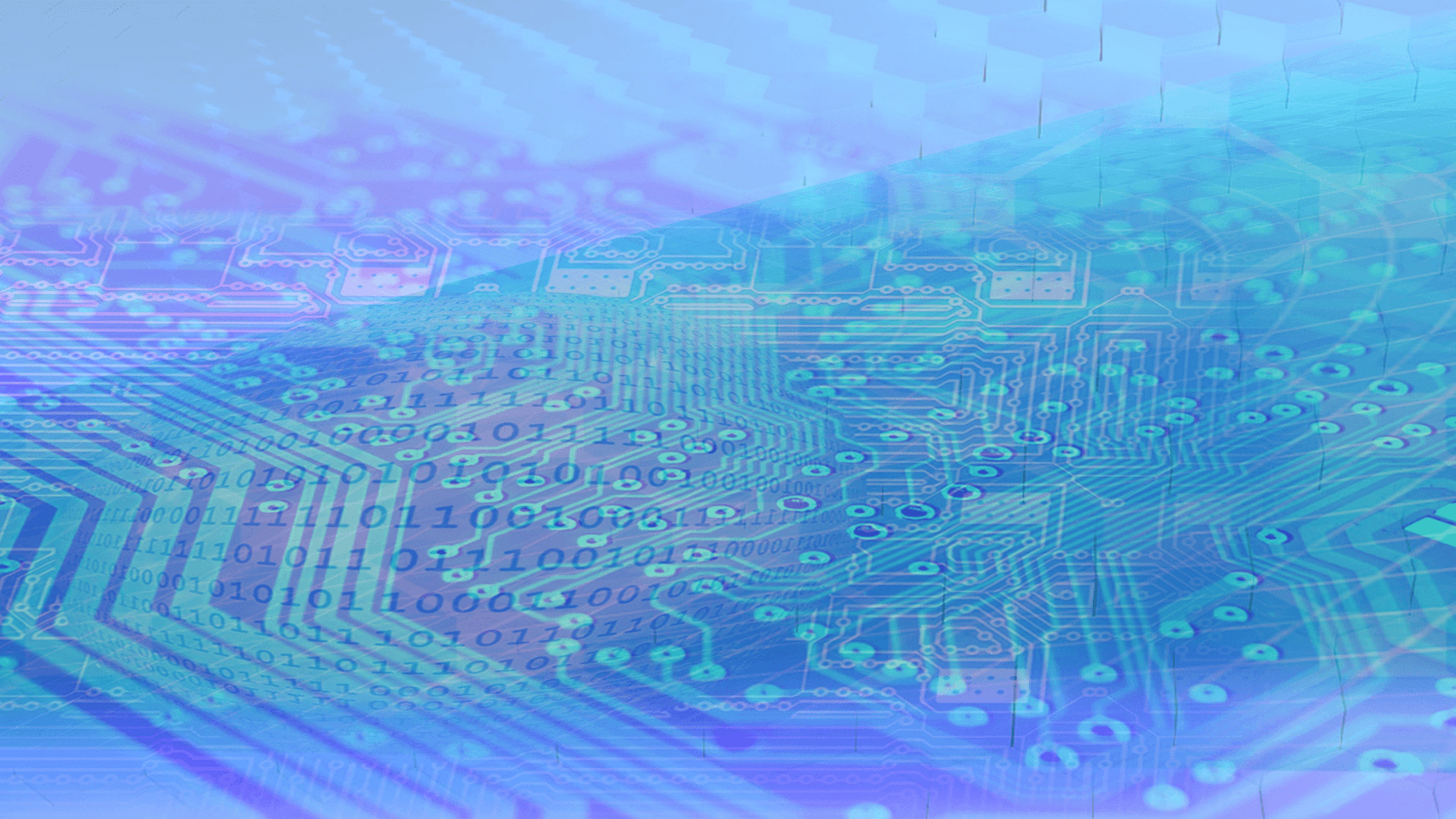
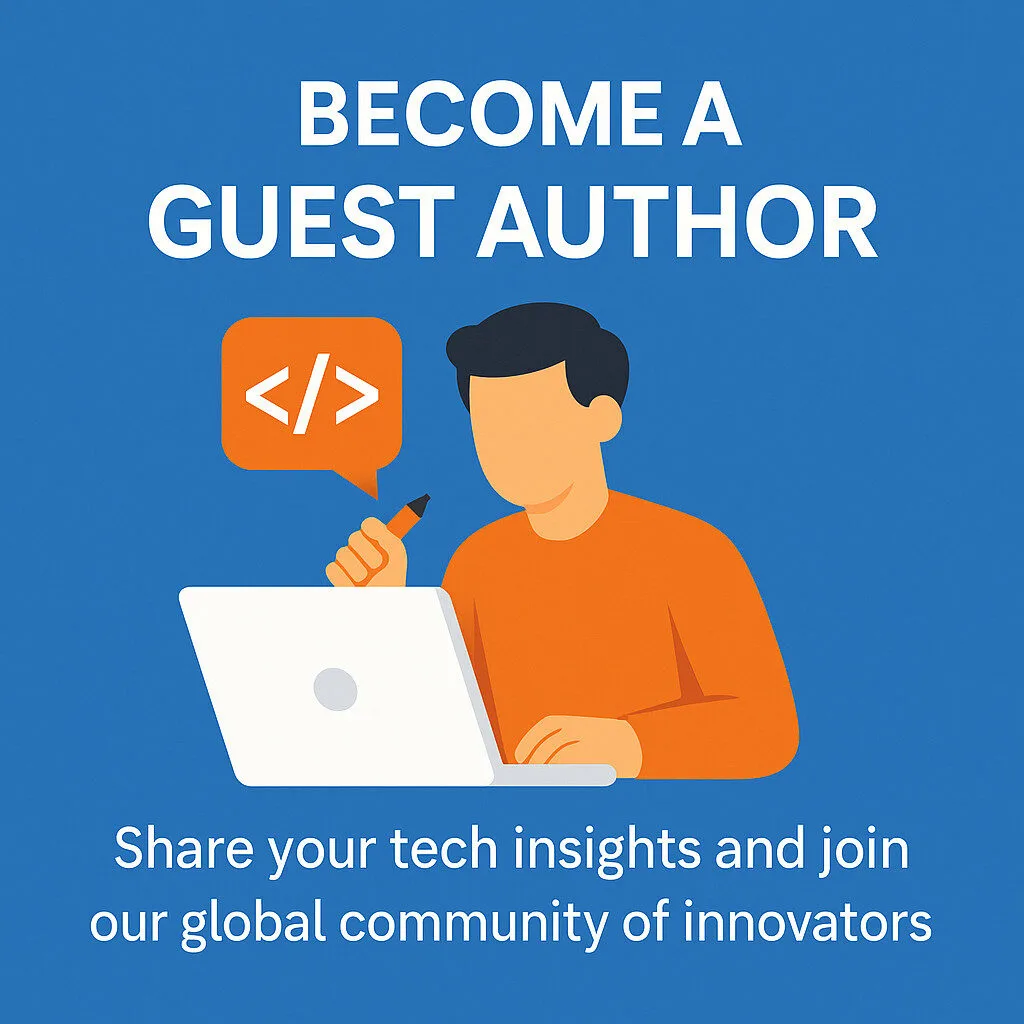
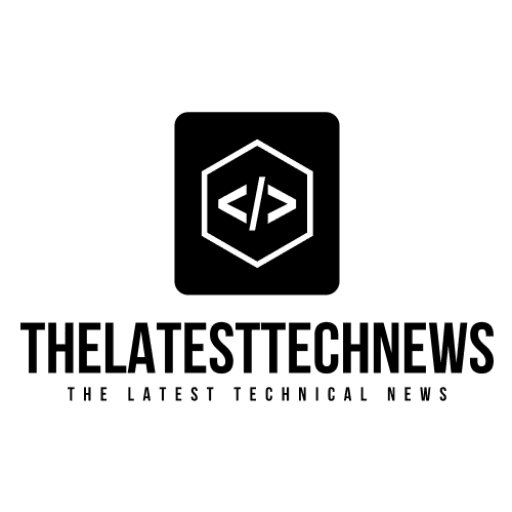
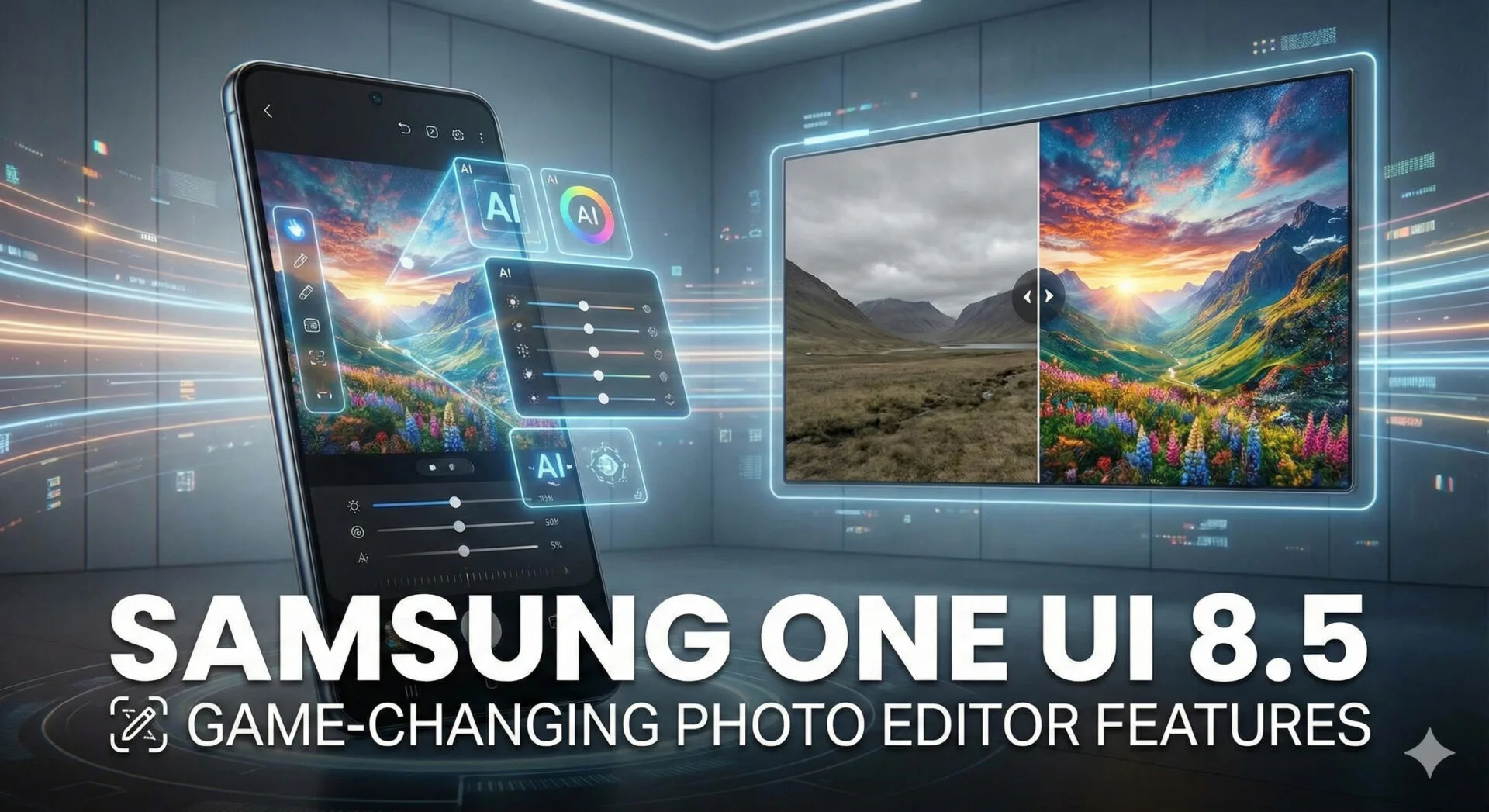
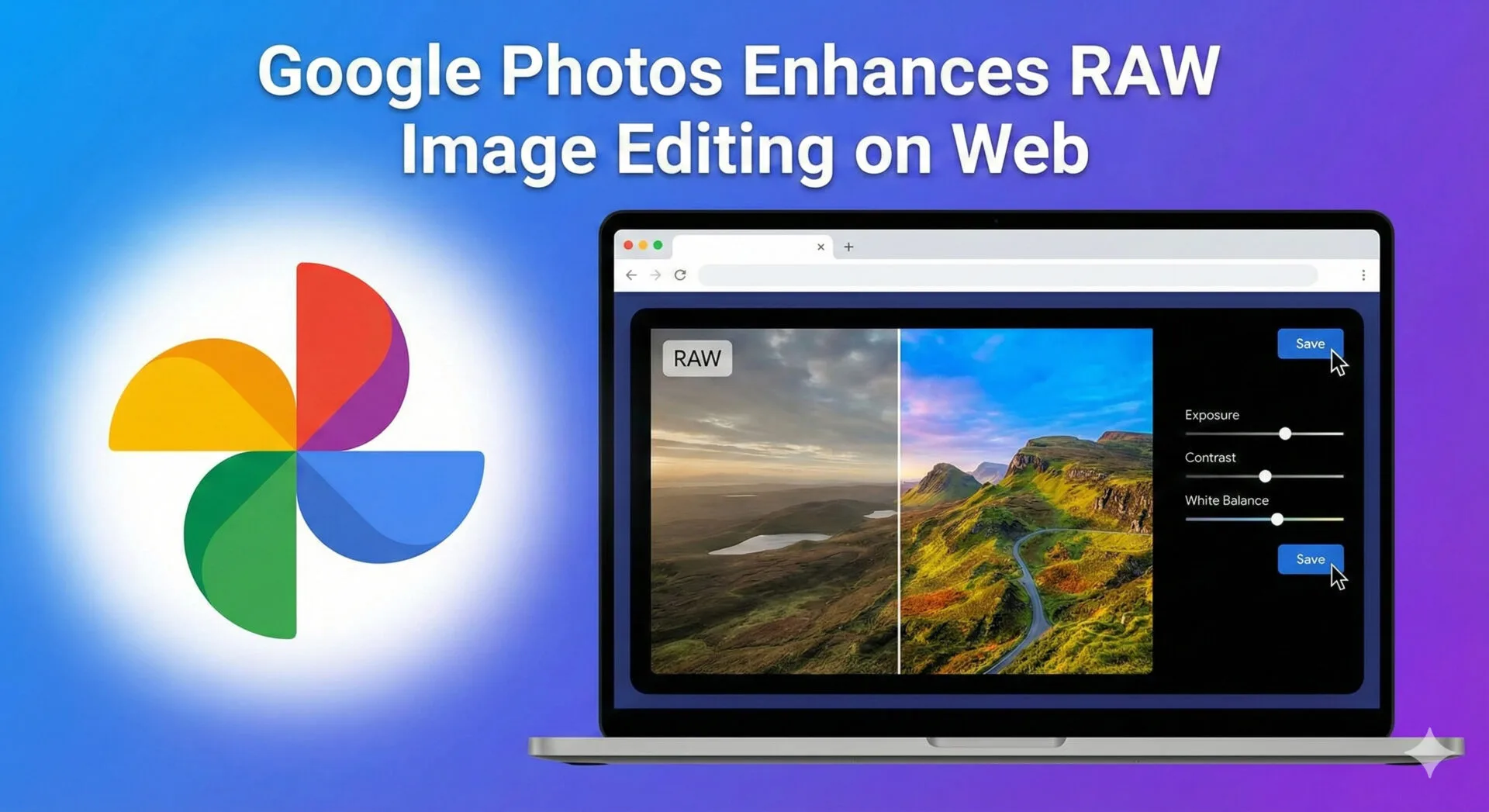
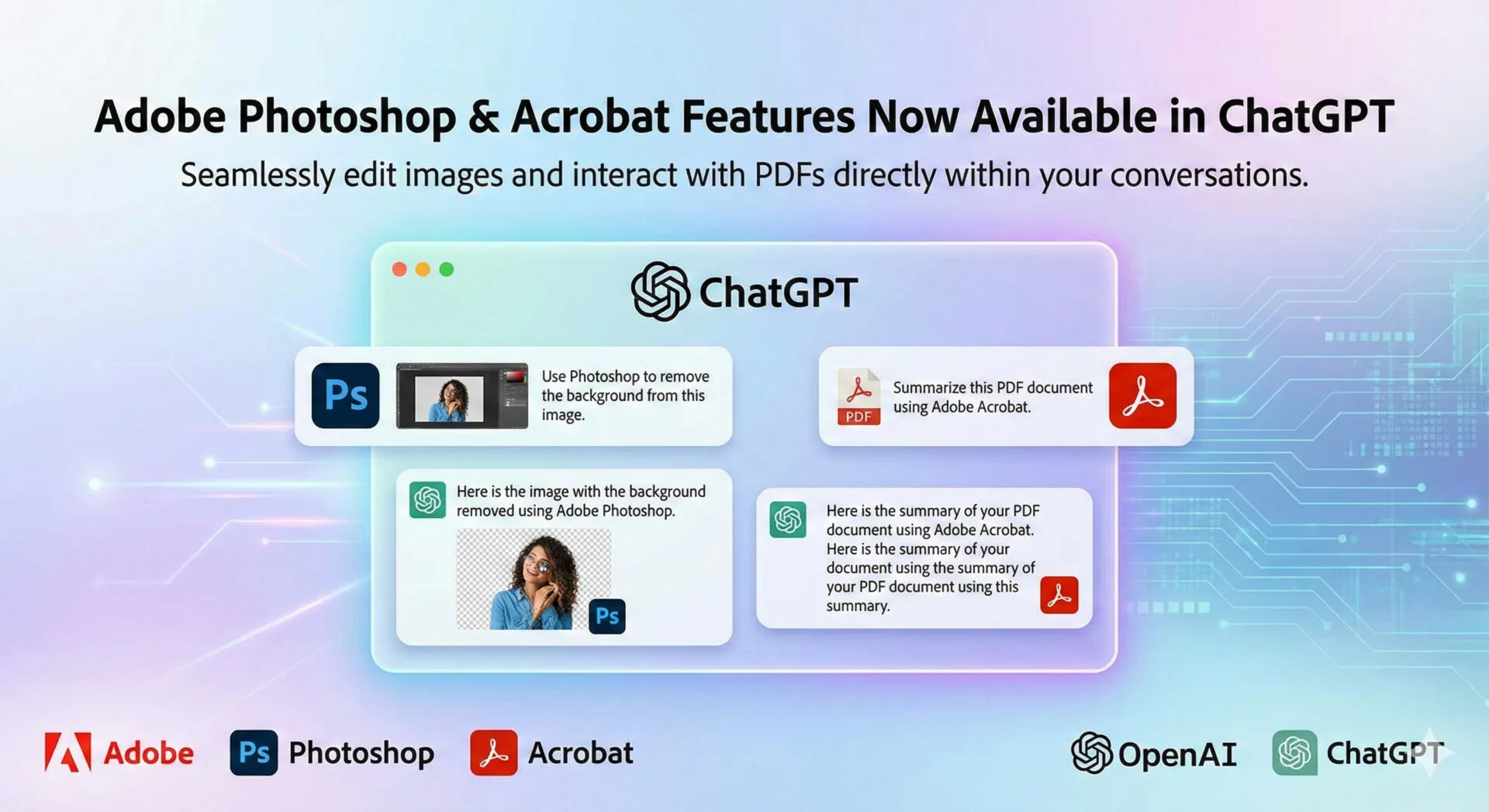
Leave a Reply